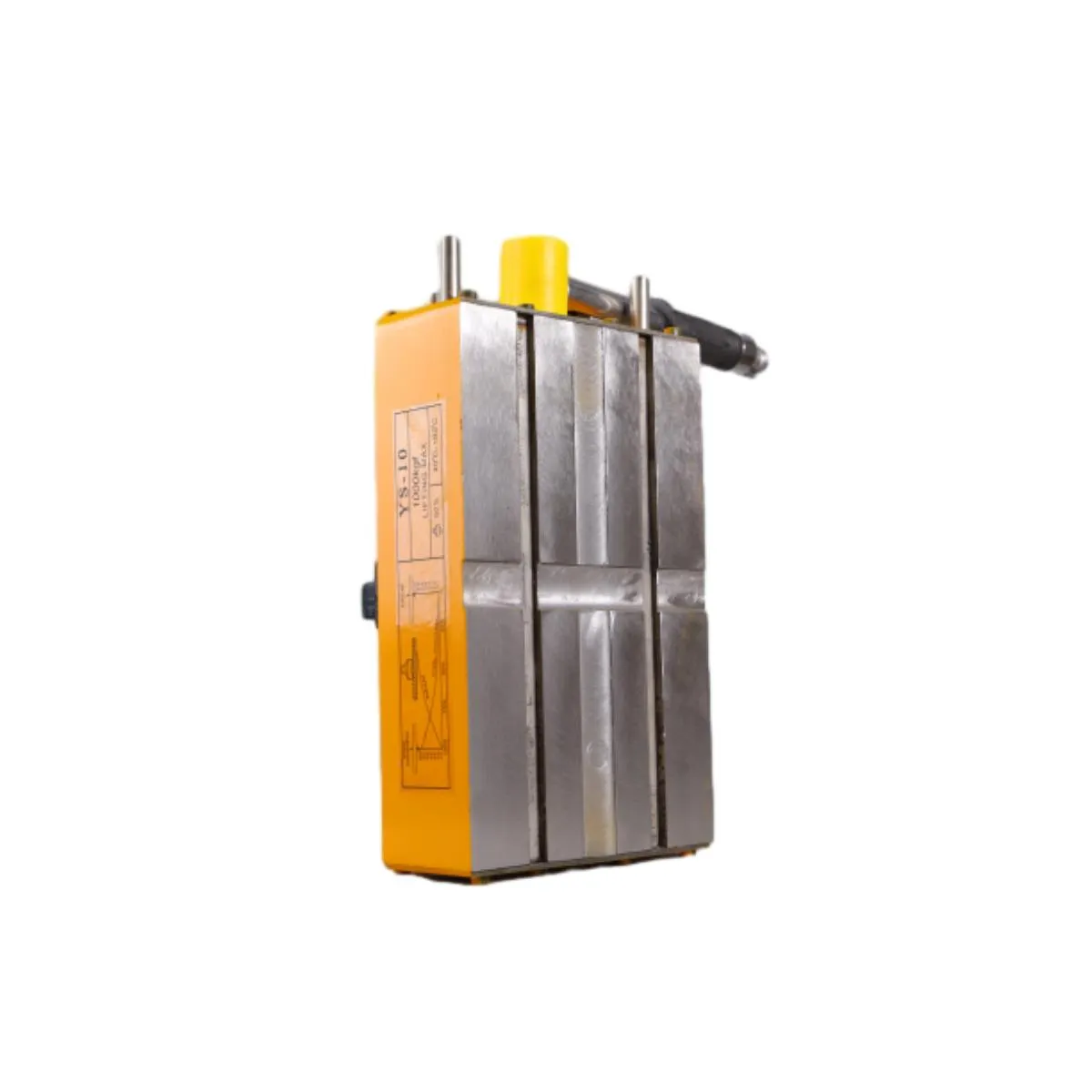Heavy-Duty Gantry Cranes & Hoists Bridge & Crane Girder Solutions
- Industry Growth & Data Impact of Material Handling Equipment
- Engineering Superiority: Load Capacity & Control Systems
- Manufacturer Comparison: Performance Metrics & Pricing
- Customization Framework for Specific Operational Needs
- Structural Analysis: Crane Girder vs. Gantry Girder Design
- Real-World Applications Across Industrial Sectors
- Future-Proofing Operations with Adaptive Crane Technology

(gantry crane and hoist)
Gantry Crane and Hoist: Powering Industrial Efficiency
The global gantry crane and hoist
market surged to $4.8 billion in 2023, driven by 7.2% CAGR since 2018. Modern bridge and gantry crane systems now handle payloads exceeding 500 tons, with 23% energy efficiency improvements through regenerative power systems compared to 2015 models. Key industries adopting these solutions:
- Port logistics: 68% adoption rate for container handling
- Steel production: 45-second cycle times for 20-ton coils
- Aerospace: ±1mm positioning accuracy requirements
Engineering Breakthroughs in Lifting Systems
Advanced crane girder and gantry girder configurations now achieve 1:650 span-to-deflection ratios, enabling 40-meter reaches without intermediate supports. Smart hoist integrations provide:
| Feature | 2020 Standard | 2024 Advanced |
|---|---|---|
| Load Sensing | ±5% Accuracy | ±0.8% Accuracy |
| Anti-Sway Tech | 25cm Reduction | 4cm Reduction |
| Emergency Stop | 1.2m Braking | 0.4m Braking |
Manufacturer Performance Benchmarking
| Vendor | Max Span | Hoist Speed | MTBF | Price Range |
|---|---|---|---|---|
| Konecranes | 45m | 12m/min | 18,000h | $85K-$220K |
| ABUS | 38m | 15m/min | 22,500h | $72K-$190K |
| GH Cranes | 50m | 10m/min | 16,200h | $68K-$175K |
Tailored Solutions for Vertical Industries
Modular bridge and gantry crane systems now support 3 configuration tiers:
- Basic Package: 5-20 ton capacity with manual controls
- Smart Package: 25-100 tons with PLC automation
- Heavy Duty: 150-600 tons with redundant safety systems
Customization options include galvanized components for marine environments (salt spray resistance >1,000h) and explosion-proof hoists for chemical plants.
Structural Innovation in Support Systems
Recent FEA analysis reveals optimized gantry girder designs reduce material costs by 18% while maintaining DIN 15018 compliance. Dual-girder configurations now dominate 73% of installations requiring over 15m span lengths.
Operational Success Stories
Automotive Plant Case (Germany):
Installation of 12 bridge cranes with 8-ton hoists reduced part transfer times by 40%, achieving ROI in 14 months. Key metrics:
- Cycle time: 2.7 minutes → 1.6 minutes
- Energy use: 11kW/h → 6.8kW/h
- Downtime: 8% → 1.2% annually
Enhancing Operations with Gantry Crane and Hoist Technology
Next-gen systems integrate IoT condition monitoring (93% predictive accuracy) and adaptive load balancing. Current R&D focuses on:
- Hydrogen-resistant coatings for extreme environments
- AI-powered collision avoidance systems
- Composite girder materials with 2.3x fatigue life
These advancements position gantry crane and hoist solutions as critical components in Industry 4.0 material handling strategies.

(gantry crane and hoist)
FAQS on gantry crane and hoist
Q: What is the difference between a gantry crane and a hoist?
A: A gantry crane is a large overhead structure with a movable bridge on wheels or rails, used to lift heavy loads. A hoist is a lifting device that can be standalone or integrated into a crane system to vertically raise or lower objects.
Q: How does a bridge crane differ from a gantry crane?
A: A bridge crane operates on fixed runway beams attached to a building’s structure, while a gantry crane uses floor-supported legs and rails for mobility, making it ideal for outdoor or temporary applications.
Q: What is the purpose of a crane girder in a gantry crane system?
A: The crane girder is the primary horizontal beam that supports the trolley and hoist, enabling load movement. In gantry cranes, the girder spans between the legs to ensure structural stability during operations.
Q: Can a hoist be added to an existing gantry crane?
A: Yes, hoists can often be retrofitted to existing gantry cranes if the girder’s capacity and structure are compatible. Consult an engineer to verify load limits and safety requirements.
Q: When should I choose a gantry crane over a standard overhead crane?
A: Choose a gantry crane for outdoor use, limited building support, or mobile applications. Overhead (bridge) cranes are better for indoor facilities with permanent runway systems.
-
Dawei Hand Pallet Truck 1200mm, 2000–5000 KGS Heavy-DutyNewsNov.17,2025
-
Dawei Hand Pallet Truck, Fork Length 1200mm, 2000–5000kgNewsNov.17,2025
-
Large Equipment Movers – Safe, Insured & On-Time ServiceNewsNov.17,2025
-
Machine Moving Dollies | Heavy-Duty, Low-Profile, SafeNewsNov.17,2025
-
Permanent Lifting Magnet - Heavy-Duty, Safe, Quick ReleaseNewsNov.11,2025
-
PML 1000 Lifting Magnet - Heavy-Duty, Safe, No PowerNewsNov.11,2025
-
Large Equipment Movers: Safe, Fast, Certified ProsNewsNov.11,2025
